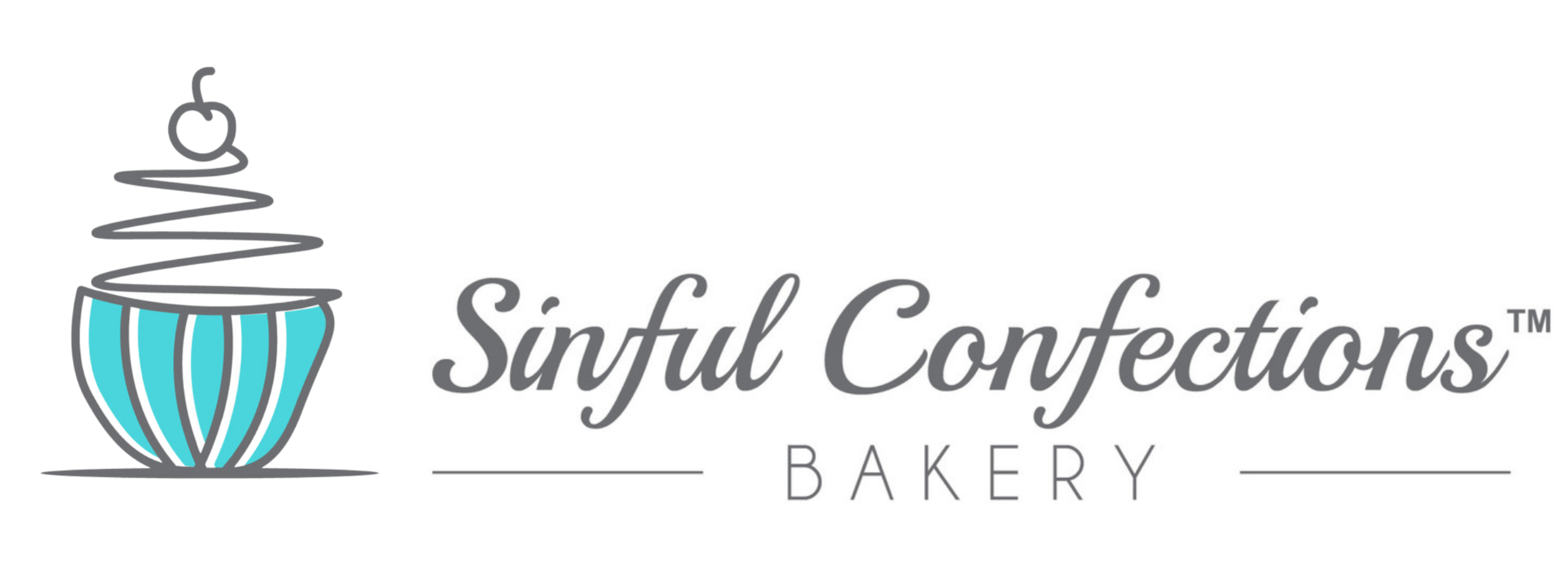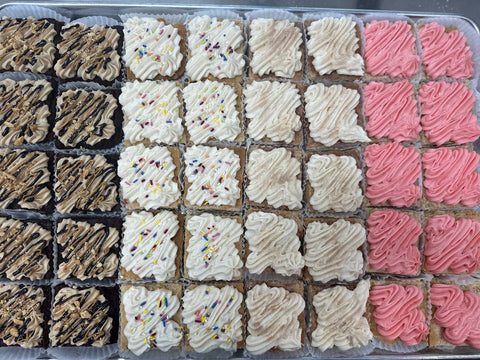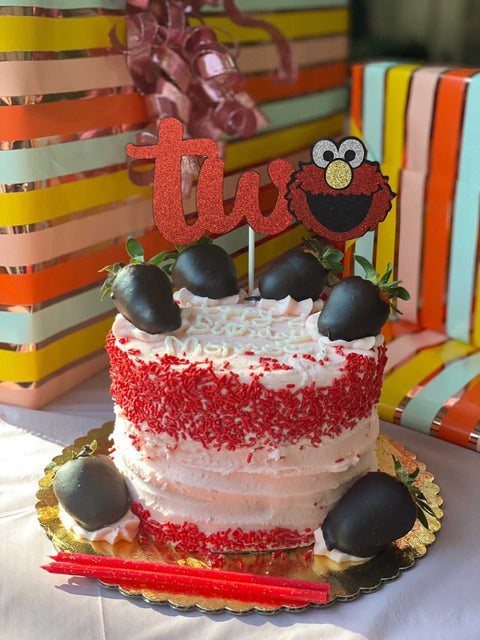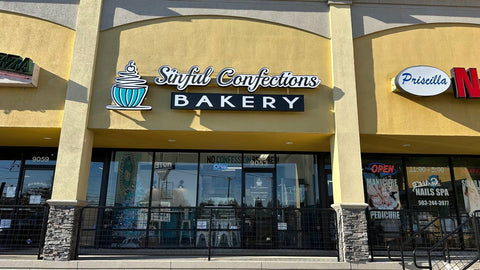It has been said that baking is a science! A precise balance of ingredients, careful temperatures, and delicate techniques that all must work together in harmony to create a delicious result. Removing the tried-and-true staple ingredients such as gluten, dairy and eggs have resulted in proving that you must treat baking as an artform. One that is driven by creativity, lots of experimentation and a profound understanding of ingredients. While baking gluten free, dairy free and egg free presents a challenging encounter, an opportunity to reimagine baking from the ground up rises.
The Unique Challenges of Allergen-Free Baking
In traditional baking structure is dependent on gluten, moisture and richness rely on dairy. Eggs are used for binding and lift. When those foundational ingredients are absent, bakers must tap into their creativity and think outside the box to achieve the same flavors and textures that make baked goods so satisfying and comforting.
Each missing ingredient presents its own challenge:
- Gluten: Baked goods can become dense or crumbly without it since it provides elasticity and structure.
- Dairy: This can be difficult to replicate as the creamy texture is derived from fat and moisture.
- Eggs: Several elements must be balanced to replace this binder, leavener and moisture retainer.
The Key is Creativity
The freedom to explore new ingredients and combinations that most traditional recipes overlook make this kind of baking adventurous. Allergen-free bakers focus on what can be used as opposed to what cannot be used—expanding their pantry with innovative alternatives.
- Flour Blends: Generally, a single gluten-free flour won’t suffice. Creative blends of rice flour, almond flour, sorghum flour, tapioca starch, and oat flour work together to mimic wheat flour’s structure. To create the perfect texture, bakers must develop a sense of which flours to combine.
- Dairy Alternatives: Coconut milk, rice milk and plant-based butters add moisture and flavor while keeping baked goods rich and indulgent. These substitutions aren’t just functional—they open the door to new taste profiles.
- Egg Replacements: Chia seeds, flaxseed meal, and applesauce, each have unique properties for binding and leavening. Knowing which to use depends on the type of baked good you’re creating.
Experimentation and Patience
While it's important to pick the right ingredients, it's just as important to experiment with different processes. It's not uncommon to stare failure in the eyes when it comes to allergen-free baking but that is part of the process. It may be necessary to make multiple attempts to get a recipe just right, but each experiment is an opportunity to learn. The end result should lead to delicious baked goods that cater to everyone while highlighting your ingenuity.
Why It’s Worth It
The effort and creativity that's often required to create a baked good that everyone can enjoy regardless of dietary restrictions or lifestyle choices can truly be special and rewarding. It's more than baking; it's an act of care and ingenuity. From chewy peanut butter cookies to mouthwatering cinnamon rolls to decadent cakes, allergen-free baking proves that deliciousness has no limits.
Inspiration for Your Kitchen
Embrace the journey if you're just now getting started in this new world of gluten-free, dairy-free and egg-free baking. Don't be afraid to try unconventional ingredients and start small and experiment often. Most of all, don't give up. When you approach baking with an open mind and a little creative spirit, you'll be amazed by what's possible. It's not uncommon to even discover a new technique or solution by accident.
Alright, go grab your favorite flour blend, whip up a batch of buttercream and get ready to break all of the rules within the baking norms. The possibilities are endless—and delicious.




Comments (0)
There are no comments for this article. Be the first one to leave a message!